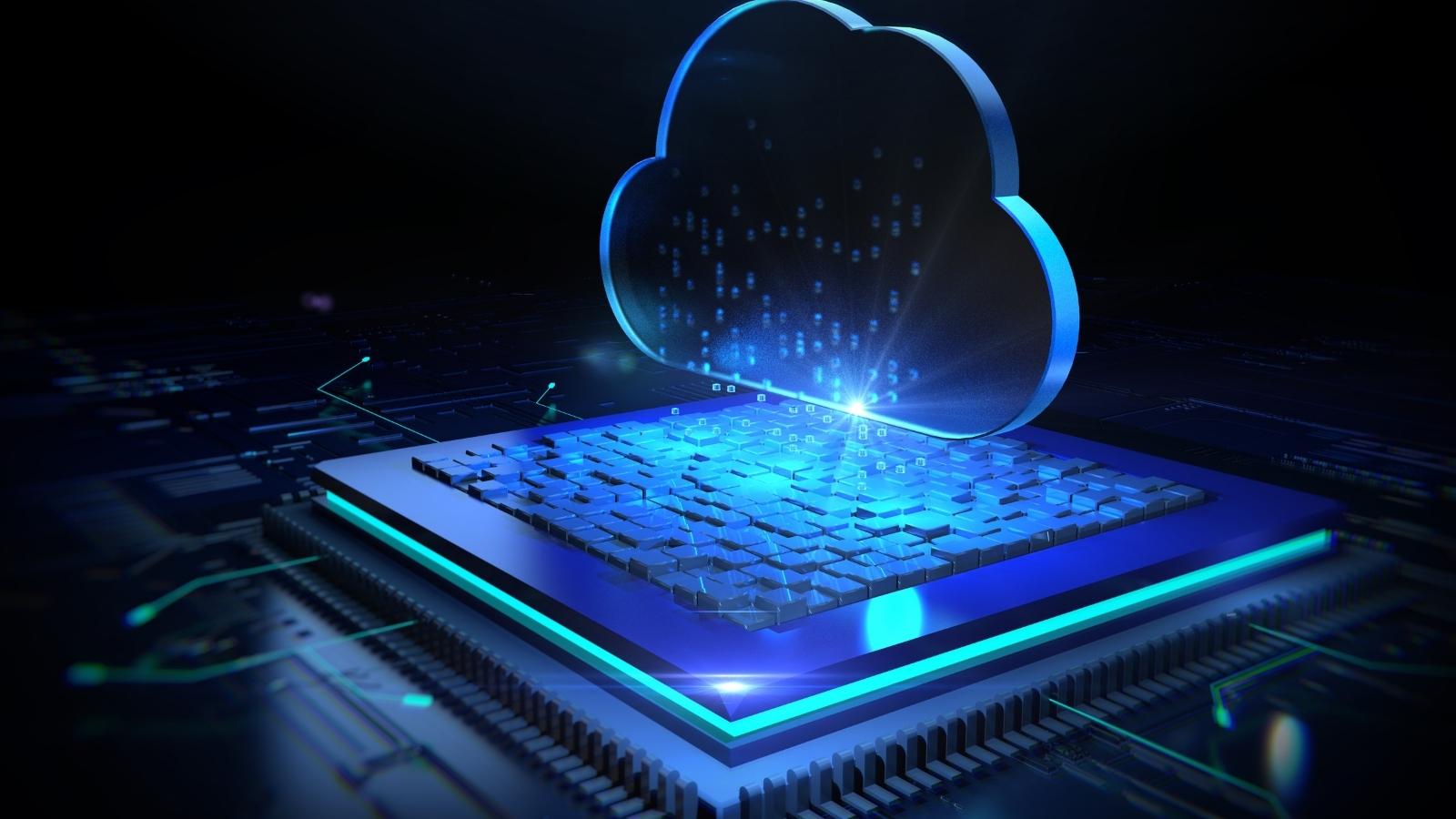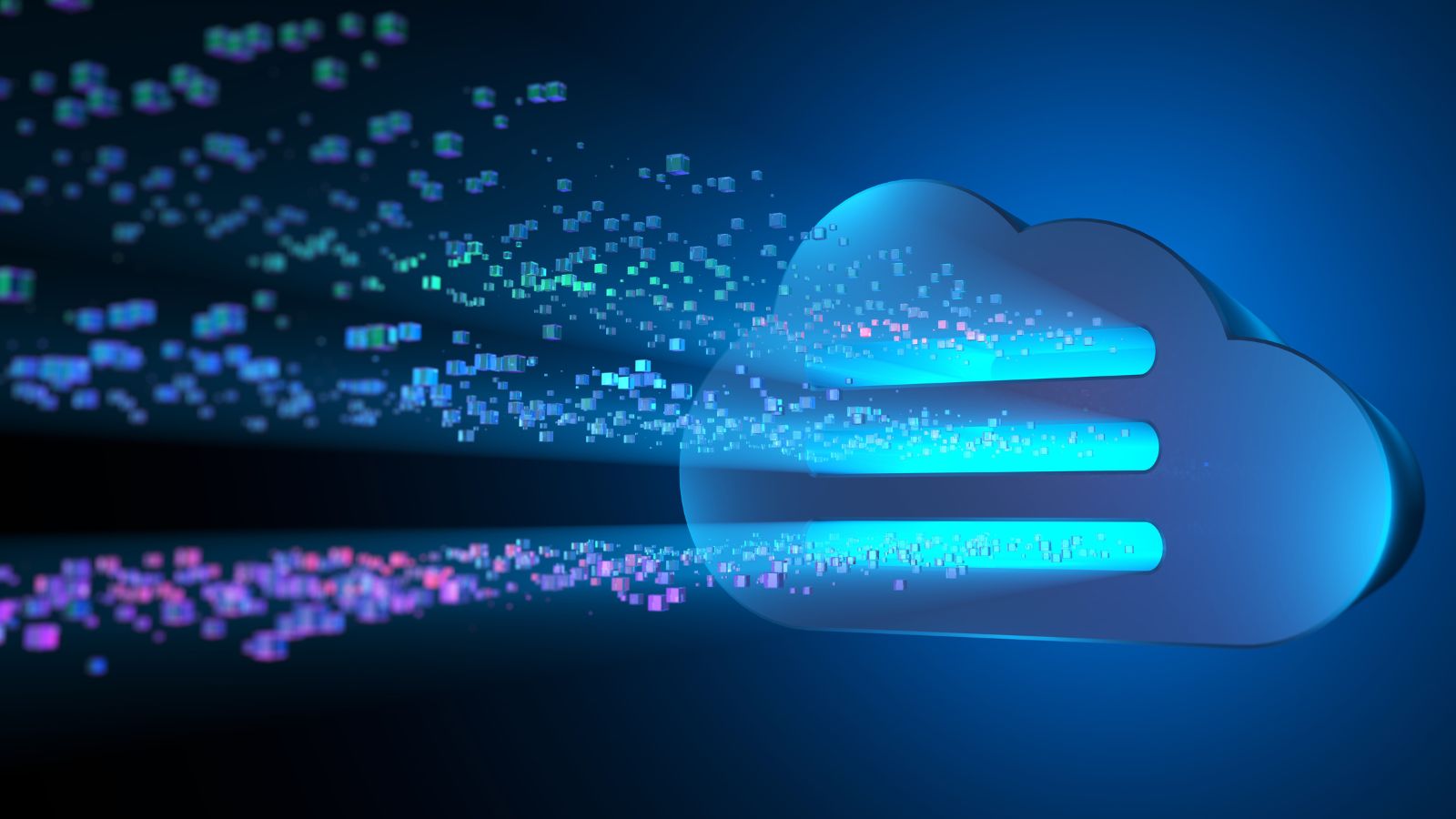Top Cloud Computing Trends & Predictions to Follow in 2023
The way organizations conduct their operations has already changed as a result of cloud computing, but this technology's disruptive potential is still very much alive. Companies continue to leverage the cloud to modernize operations and increase IT capabilities, adopting cloud computing trends and forecasts to flourish.
The top cloud computing trends are being recognized by the IT sector, and every firm, regardless of size or field of endeavor, is adopting them. The cloud computing networks specifically assisted with the viability of a work-from-home arrangement during the pandemic, when remote working was the only alternative, to assure continued operations.
Additionally, the cloud enables the storage of corporate data on an internet network, negating the need to keep physical databases or records. When necessary, you may easily retrieve these data sets by going to the cloud network.
The epidemic of the previous two years made remote working possibilities feasible, forcing every company to embrace cloud platforms like never before. It cleared the way for companies to use cloud technology for more flexibility in these uncertain times.
Cloud computing is becoming a must for every company seeking increased future scalability, cost savings, and business continuity.
Initiatives for digital transformation are still moving quickly, and if 2023 cloud computing trends are any indicator, there will be no stopping down. Being among the top digital transformation companies in Singapore, TransformHub guides you with the top cloud computing trends and predictions for 2023 through this blog.
1. Increased Spending on Cloud Security & Robustness
- Moving to the cloud opens many options, improves efficiency, and provides convenience, but it also exposes businesses and organizations to new cybersecurity dangers.
- Furthermore, the possibility of fines or, even worse, losing the confidence of their clients is a serious issue because of the growing body of regulations governing how businesses can hold and use personal data.
- As a result, throughout the upcoming year, investing in cyber security and developing resilience against anything from data loss to the effects of a pandemic on international trade will become increasingly important.
- The emphasis will likely be on finding novel and cost-effective ways to maintain cyber security to get the greatest "bang for the buck," even while many businesses appear to be cutting expenditures in the wake of a predicted economic crisis.
- In 2023, this will expand the usage of managed "security-as-a-service" providers as well as AI and predictive technologies meant to detect risks before they create issues.
Read Also: Lower The Cloud Costs Without Compromising Its Value
2. Multi & Hybrid Cloud Deployment
- Most companies choose hybrid cloud solution architecture, which mixes on-premise, specialized private clouds, numerous public clouds, and legacy systems. The explanation for this is that companies increasingly recognize that data management requires integrating several suitable cloud deployment tactics rather than depending exclusively on one cloud platform or architecture.
- A hybrid cloud architecture provides a blend of public and private clouds specialized to a particular industry, such as insurance, banks, etc., whose data is their core business engine. As a result, Multi and Hybrid Cloud Deployment will be one of the most popular trends in cloud computing in 2023 and the years to come.
- In case you're still unsure, here is a basic description of edge computing. In edge computing, data is spatially processed, stored, and analyzed closer to its source. As 5G is being used more often, edge computing applications—which process and analyze data at the network's edge are growing.
- Edge computing guarantees more privacy, security, speed, and efficiency. Additionally, edge computing enables businesses to improve efficiency, automate processes, streamline operations, and, most significantly, quicken their digital transformation.
- The top cloud computing trend for 2023 will be edge computing, which will ultimately be at the core of any cloud strategy. According to Gartner research, most cloud platforms will include many distributed cloud services that run at the edge by 2024.
4. Cloud-Native Applications
- A rising number of enterprises are utilizing cloud-native apps. These applications are built to be resilient while withstanding major changes. Additionally, they enable businesses to develop, roll out, and manage cloud apps more quickly.
- Businesses have the opportunity to alter, add features, and improve cloud-native apps constantly for better user and customer experiences.
- Cloud-native app management is also easy, requires fewer resources, and includes vendor involvement. Infrastructure standardization has led to a large reduction in IT costs. By utilizing cloud-native apps, businesses may increase their flexibility, adaptability, and client focus. They serve as a center for the contemporary IT sector as a result.
5. The AI & ML-Powered Cloud
- Few firms can build their own AI infrastructure, thus artificial intelligence and machine learning are offered as cloud services by the best digital transformation services companies. Large quantities of computational power and storage space are required for data collection and algorithm training, and renting these resources as a service is typically more cost-effective.
- More and more, cloud service companies use AI internally for a variety of purposes. This involves controlling the sizable, dispersed networks necessary to supply storage resources to their clients, managing the cooling and electricity systems in data centers, and supplying the cyber security solutions that protect their data.
6. Metaverse
- The metaverse is an intriguing and quickly developing technology to keep an eye on for businesses wanting to redefine the engagement experience with both customers and staff as well as expedite initiatives to tap into new virtual marketplaces.
- Through "transporting or extending physical activities to a virtual environment or by altering the existing one, it enables users to ‘replicate or enhance their physical activities’. Virtual reality (VR) and augmented reality (AR) technologies and headsets are used to facilitate and access an immersive virtual environment in order to do this.
- This is especially important in a post-pandemic society because the staff is frequently dispersed and distant. Teams have an amazing potential to continue being inclusive and collaborative thanks to the metaverse.
7. Low-Code and No-Code Cloud Services
- People are interested in tools and platforms that allow anybody to create apps and use data to solve issues without writing computer code.
- This group of low-code and no-code solutions consists of programs for creating websites, web apps, and virtually any other type of digital product that a business would want.
- The entrance hurdles for businesses looking to use AI and ML have been dramatically lowered because of the availability of low-code and no-code solutions.
8. The Development of Cloud Gaming
- Thanks to the cloud, we now watch movies, listen to music, and watch TV shows on streaming services like Netflix and Spotify. Though it's taking a bit longer to catch on, Microsoft, Sony, Nvidia, and Amazon all provide streaming video gaming.
- With the arrival of 5G and other highly fast networking technologies, 2023 may be the year when cloud gaming becomes a substantial market. To allow game creators to directly offer streaming capabilities to their customers, Google claims that the technology that powers Stadia will continue to exist as the core of a B2B game streaming service that is now being built.
- 2023 may be the year when everything starts to come together if cloud gaming ends up being the "killer app" for 5G in the same way that streaming video and music were for 4G and 3G, respectively.
9. Blockchain
- A tamper-proof digital ledger that can record data without depending on centralized authority is provided by blockchain technology. Blockchain emerged as a game-changer but faces scalability issues, particularly concerning managing and storing large amounts of data.
- Businesses will continue to push the boundaries of blockchain in 2023 because it is a perfect fit and one of the biggest developments in cloud computing.
10. Internet of Things
- One of the most well-known upcoming topics in cloud computing is IoT.
- It is a technique that keeps networks, servers, and computers connected. IoT serves as a mediator, facilitating effective communication and helping to gather data from distant devices for effective operations.
- It also offers support in several other areas, such as addressing alerts and assisting with the security policies put in place by companies to ensure a safer cloud environment.
11. Open-Source Cloud Computing
- Open-source cloud computing is a strategy that uses standardized resources and free software to host applications.
- Businesses may pay less on hardware and software while still getting improved flexibility and scalability with open-source cloud computing. For startups and small enterprises who need to keep the prices down, open-source cloud computing is a terrific option.
- It's also a safe choice for large enterprises that want additional control over their infrastructure.
12. Kubernetes
- To support the constantly expanding ecosystem, Kubernetes also offers automation to those working on cloud networks as it moves closer to the automation world.
- It is an extensible, open-source platform that runs your applications from a single source while centrally managing the services and workloads.
13. Serverless Architecture
- There are no restrictions imposed by a conventional IT infrastructure with a serverless design. Users don't have to purchase or rent the servers they use to store and handle data. Everything will be handled by a third party, freeing up your business to concentrate on other things.
- Serverless architecture has several advantages, some of which include lower liability, simple operational management, and the absence of system administration. As the sharing economy took off, serverless architecture was created in the cloud computing sector. This year's trend is due to its affordable pricing.
14. DevSecOps
- While streamlining data administration, the cloud also introduces security flaws. This covers network eavesdropping, illegal entry, DoS, virtualization flaws, and unauthorized usage of cloud services.
- According to a study, 46% of IT security stakeholders suppose that DevSecOps will improve cloud security.
Conclusion
Since the initial introduction of Amazon Web Services in 2006, the cloud computing sector has advanced significantly. The possibilities of cloud computing are still far from being completely realized, and as the years go by, many more advancements may be made.
In the upcoming years, the tendencies mentioned above are probably going to grow more pronounced. It's crucial to remember that nothing is definite. There may be new developments in technology and breakthroughs that might alter the current state of cloud computing.
Enterprises may remain ahead of the curve and move toward boosting mission-critical operations through improved security and sustainability practices, expanding prospects for revenue development, and increasing customer experience and happiness by accepting these projections and taking action.
Let’s Connect
Counted among the top digital transformation companies, TransformHub takes complete accountability to deliver precisely tailored solutions according to your business requirements.
Let’s get in touch today and together work on starting or enhancing your cloud computing journey in an effective and efficient way!
Share this
You May Also Like
These Related Stories

Creating a Cloud-First DR Strategy in Today’s Digital World

Top Myths and Realities of Cloud Computing




